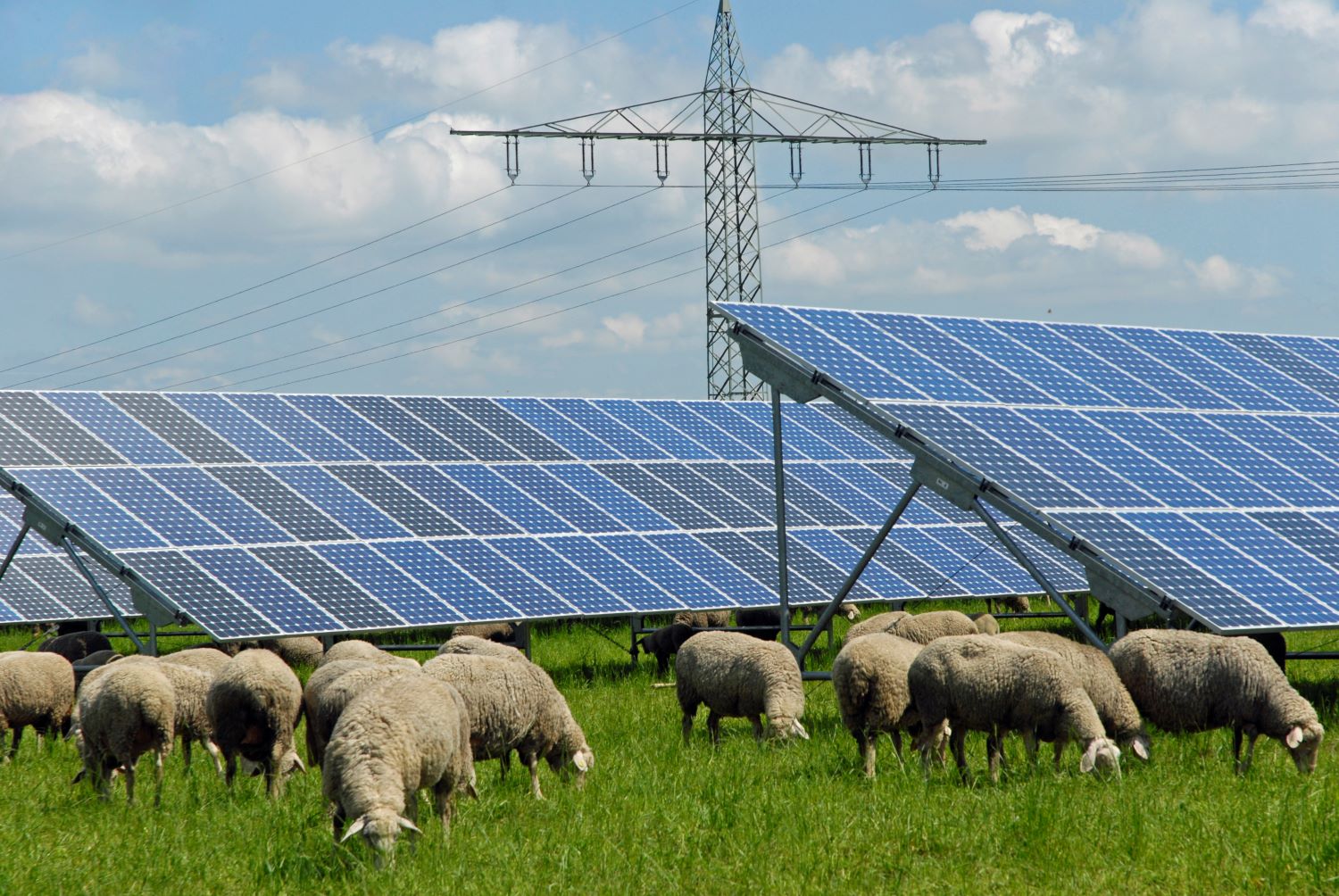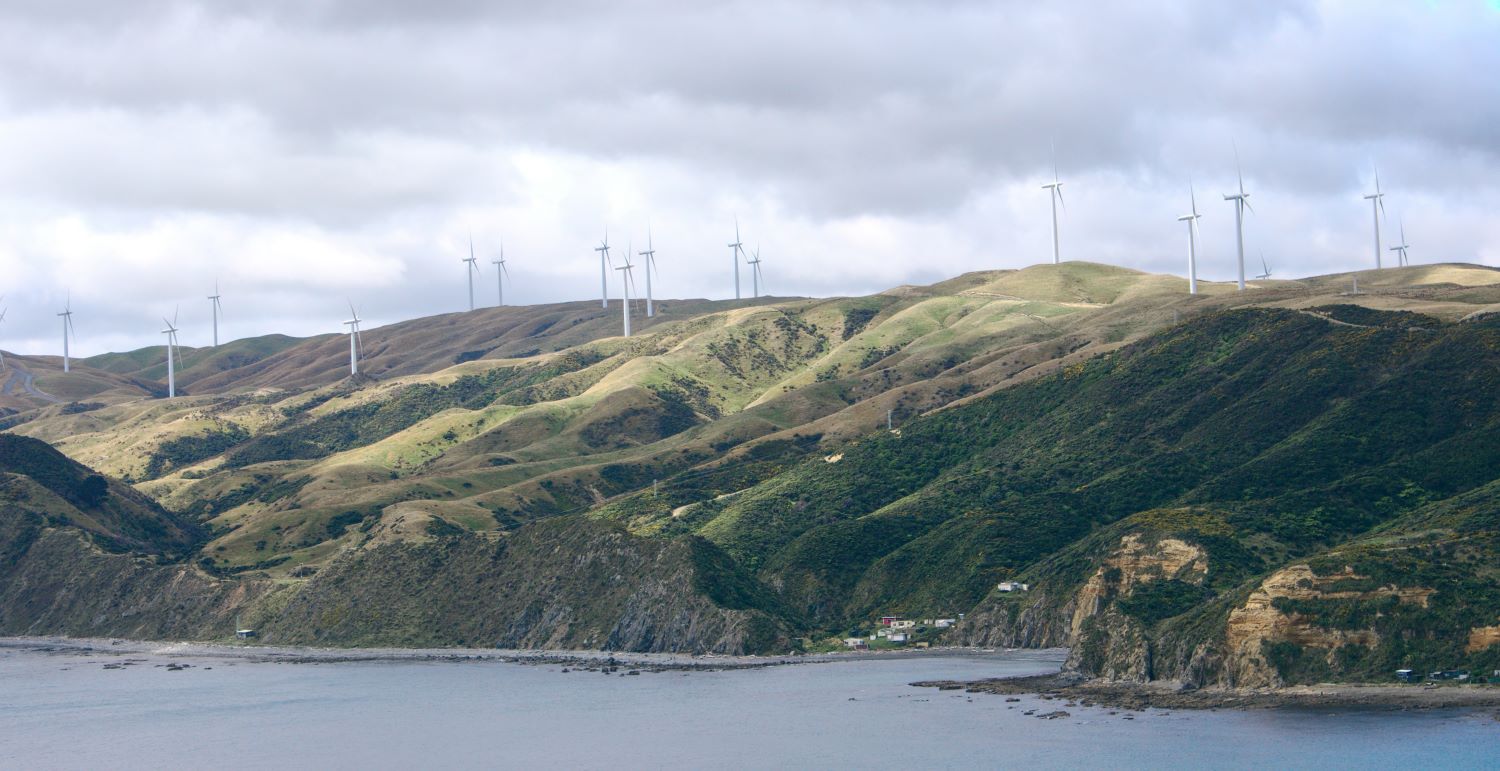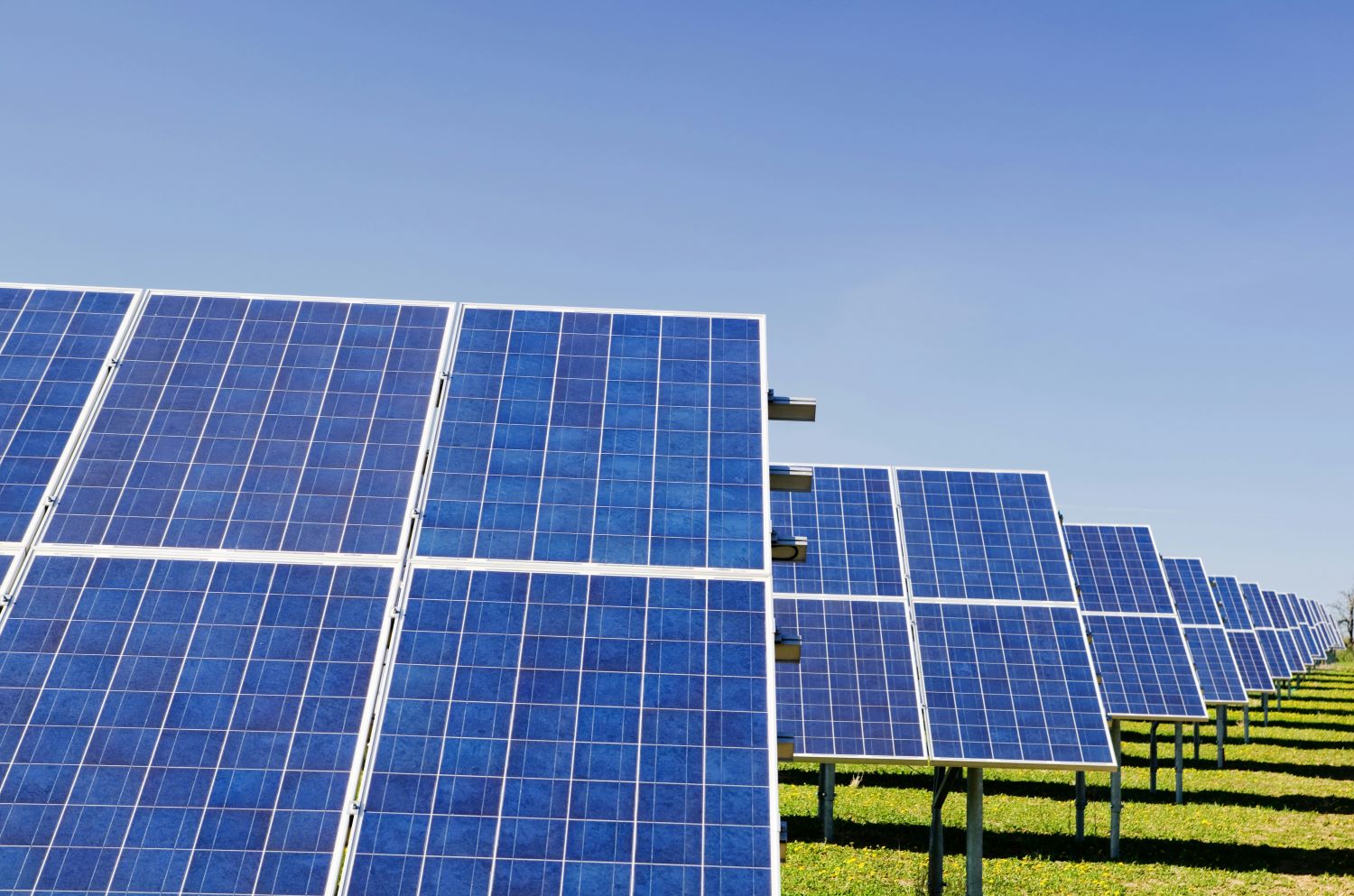The Government has recently released New Zealand’s first emissions reduction plan (the Plan), which sets out policies and strategies to meet the first emissions budget (the Budget).
The Budget sets the permitted greenhouse gas emissions over a multi-year period. Each Budget will permit less annual emissions than the previous Budget, to transition towards net zero greenhouse gas emissions by 2050 (note biogenic methane is not part of that goal) and contribute to limiting global warming to 1.5°C above pre-industrial levels.
The first three Budgets are:
- Budget 1 (2022–2025): 290 megatonnes of carbon dioxide equivalent greenhouse gasses (averages 72.5 megatonnes per year)
- Budget 2 (2026–2030): 305 megatonnes (averages 61 megatonnes per year)
- Budget 3 (2031–2035): 240 megatonnes (averages 48 megatonnes per year)
Each of the transport, energy and industry, agriculture, waste, fluorinated gases, and forestry sectors will have a sub-target for emissions to ensure that the economy as a whole is on track to meet the Budget.
The Plan sets policies and strategies for New Zealand’s sectors to meet the first Budget, and will be updated when each new Budget is released.
The Plan contains a series of actions that span the whole economy, including:
- Setting emissions prices for agriculture by 2025.
- Reforming the resource management system.
- Support businesses moving to circular practices.
- Improving the charging infrastructure for electric vehicles.
- Implementing a mandate for sustainable aviation fuel.
- Reducing the reliance on fossil fuels.
- Amending the Building Code to improve building energy efficiency.
- Supporting afforestation.
- Exploring bans or limits to divert more organic waste from landfill.
- Requiring refrigerants to be captured and destroyed when heating and cooling systems reach the end of their life.
The Government also established the Climate Emergency Response Fund (CERF) in 2021, which is funded through the Emissions Trading Scheme and used to fund projects that support climate change objectives. CERF has allocated $2.9b of spending to aid in setting up schemes that achieve the objectives of the Plan, and the transport, agriculture, forestry and energy sectors will receive the majority of the funds.
$650m from the CERF will go towards the Government Investment in Decarbonising Industry (GIDI) fund, which is controlled by the Energy Efficiency and Conservation Authority and will be used to help New Zealand businesses reduce emissions. To receive GIDI funding a project must be larger than $300k, decarbonise process heat, achieve carbon emission savings and be operational by the end of 2025.
One of the actions in the emissions reduction plan is to reduce emissions from the energy and industry sector, and reducing emissions at the Whakatāne Mill using the GIDI fund is included in the plan as an example. The GIDI fund was used for a new filter system in the paperboard mill, resulting in a significant reduction in emissions and waste water.
The Plan can be found here: https://environment.govt.nz/publications/aotearoa-new-zealands-first-emissions-reduction-plan/.
If you have any queries regarding the emission reduction plan do not hesitate to contact us.



